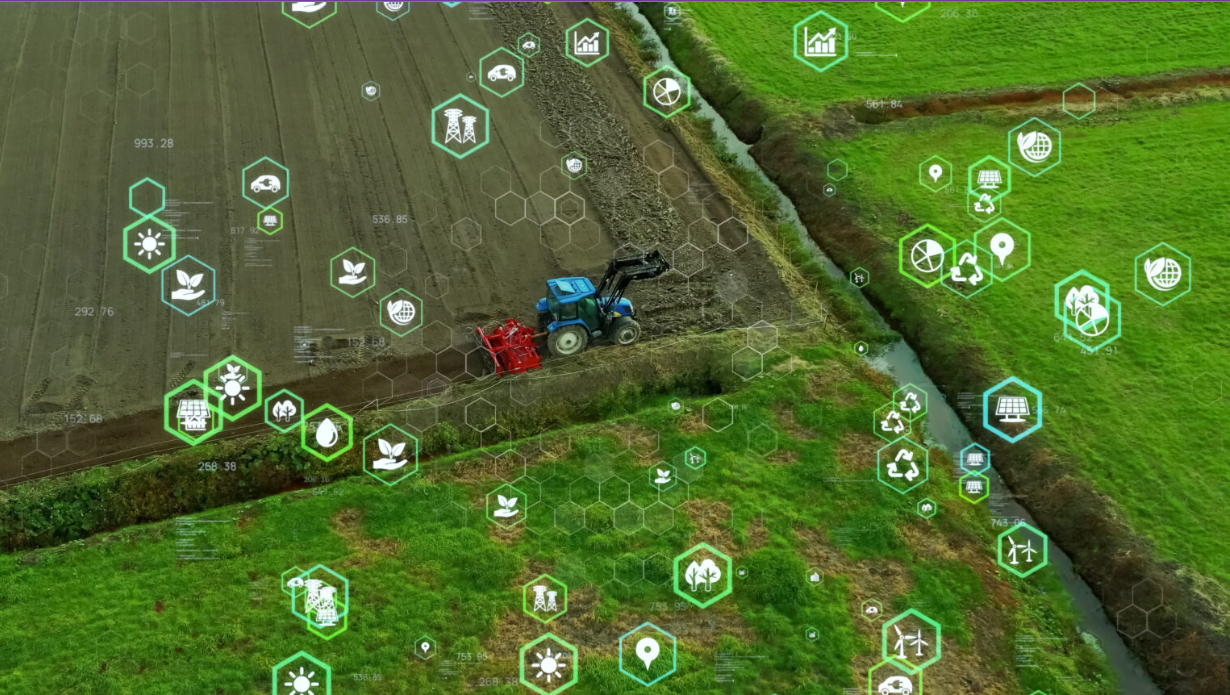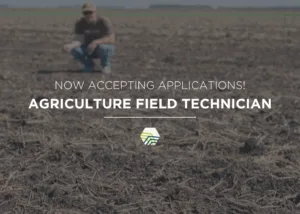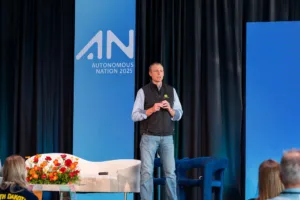In this exclusive interview, we sit down with Anthony Marcello, the Director of Solution Sales at Microsoft, who is responsible for Azure Private 5G Core, Private MEC, and Cloud Computing. Delving into the realm of agriculture, we explore the cutting-edge applications and transformative potential of Microsoft’s Azure platform in revolutionizing the agri-tech landscape. Unveiling insights from the industry expert himself, this article offers a captivating glimpse into the future of farming and how technology is reshaping the way we approach agriculture.
Q&A with Anthony Marcello
Explain edge computing in a way farmers will understand.
Edge computing, as the name implies, provides powerful computing power at the farm. This computing power provides two key capabilities—private networking and data processing—that allow farmers to transform their operations with modern connected applications. These specialized computers are part of a distributed network, typically managed from a centralized cloud, to automate and eliminate the management burden of the farmer.
Edge computing delivers highly reliable, private 4G or 5G coverage directly on the farms to connect video cameras for advanced analytics, automated or remote-controlled farm equipment, and private communications for frontline farm workers. Private 5G networks offer wide coverage which can further connect low-power devices on the field using LoRa, Bluetooth, or Wi-Fi gateways for sensor-to-application, machine-to-human, and even machine-to-machine interactions.
Second, edge computing brings powerful data processing to their farms. It helps farmers process large amounts of data such as from soil analytics or real-time video from herbicide sprayers to quickly make decisions without relying on distant servers in the cloud.
With the combination of a private 5G network with local data processing, farmers can reduce delays in data transmission and improve their farm operations while keeping their data secure within their own reliable network. With edge computing, farmers can get real-time insights, optimize resource usage, and automate tasks, ultimately improving productivity and efficiency on their farms.
Edge computing has the possibility to drastically impact agriculture. What are some key challenges edge computing can solve in ag?
Edge computing plays a crucial role in addressing key challenges in agriculture, with connectivity being a significant concern, particularly for farms in remote locations. By enabling on-site data processing, edge computing reduces reliance on constant internet connectivity, ensuring uninterrupted operations in areas with limited network coverage. This is particularly relevant considering the substantial amount of data generated from sensors, drones, and machinery in farming.
Transferring data to a centralized cloud can strain bandwidth, incur high costs, and prove impractical for many farming needs. Edge computing resolves this challenge by allowing localized data processing and selective data transmission. This approach minimizes bandwidth requirements and optimizes data management, resulting in efficient and costeffective operations
Data privacy and security are paramount in agriculture, especially given the sensitivity of data required for precision agriculture applications. Edge computing ensures enhanced data protection by keeping the data within the farm’s private network. This significantly reduces the risk of unauthorized access or data breaches, instilling confidence in businesses and farmers regarding data security
Furthermore, edge computing facilitates real-time analysis and decision-making for autonomous farming systems, leading to improved efficiency and higher yields. This advancement empowers precision agriculture, autonomous machinery, and drone operations, allowing industry experts and farmers to optimize tasks and achieve greater productivity.
In summary, edge computing provides practical solutions to challenges such as latency, connectivity, bandwidth, data security, reliability, and cost efficiency in agriculture. By leveraging this technology, farmers and industry experts can access real-time insights, enhance decision-making processes, and optimize resource utilization, ultimately driving overall improvement in agricultural operations.
Connectivity is a big challenge in ag. While it is a problem for farms to have fiber and good broadband, it’s even more difficult for individual fields to have good connectivity. How will 5G allow for data transfer?
Private 5G networks present a compelling solution to address the connectivity challenges faced by individual fields in agriculture. These networks offer dedicated and localized wireless connectivity, independent of public cellular networks, allowing farmers to establish reliable and tailored high-speed connections.
A significant advantage of private 5G networks is the enhanced security and data privacy they provide. With full control over the network infrastructure, farmers can implement robust security measures to safeguard valuable agricultural data from unauthorized access and cyber threats.
Private 5G networks easily support a large number of IoT devices, which is crucial in the context of agriculture where smart sensors, drones, and autonomous machinery are becoming increasingly prevalent. These networks can efficiently handle hundreds or even thousands of IoT devices simultaneously, facilitating seamless communication and data exchange throughout the agricultural ecosystem.
5G technology is ideal in outdoor environments. Unlike Wi-Fi, which is primarily optimized for indoor settings, 5G offers robust, ubiquitous coverage and connectivity in challenging outdoor agricultural landscapes. It provides wider coverage areas, superior signal penetration through obstacles, and improved reliability, making it well-suited for the diverse and expansive nature of agricultural operations.
By deploying private 5G networks, farmers can establish reliable and high-speed connections directly within their fields. This empowers real-time monitoring, control, and data exchange among a multitude of IoT devices, supporting precision agriculture practices and optimizing resource utilization. With the ability to handle massive data volumes and low latency, private 5G networks can enhance operational efficiency and enable timely decision-making in agricultural operations.
Tell us about the technology we’re hoping to deploy at Grand Farm’s Innovation Campus. How will that technology be used to demonstrate Azure’s applications in ag?
Grand Farm, in partnership with Microsoft, aims to establish a 5G-connected ecosystem of modern applications and technologies that showcase the advantages of Precision Agriculture 2.0 to farmers, businesses, and government officials. This updated concept integrates edge computing and 5G networking, bolstering farm productivity through ubiquitous computing, AI/ML applications, real-time processing, and autonomous agricultural devices. Our efforts together at Grand Farm will highlight three edge computing use cases:
- Real-time Crop Monitoring and Precision Agriculture: Leveraging edge computing, we can analyze sensor data (e.g., soil moisture, temperature, and nutrient levels) from crops in real time. This enables farmers to promptly receive insights and make informed decisions regarding irrigation, fertilization, and pest control, ultimately optimizing crop health and yield.
- Autonomous Machinery and Robotic Systems: Edge computing facilitates the deployment of autonomous machinery and robotic systems in agriculture. By processing data locally at the edge, including GPS coordinates, environmental sensors, and machine vision inputs, on-site decision-making becomes possible. This empowers autonomous operations like precision planting, harvesting, and weed detection, enhancing efficiency while reducing labor requirements.
- On-site Processing and Storage of Agricultural Data: Edge computing enables farmers to locally store and process agricultural data, minimizing the need for extensive data transfer to remote servers. This includes historical crop data, weather information, equipment logs, and market trends. On-site data processing ensures quick access to information, improves data security, and supports offline operations when internet connectivity is limited.
These use cases exemplify how edge computing at the farm empowers farmers with real-time insights, enhances automation capabilities, improves decision-making, and optimizes resource utilization across various agricultural operations.








